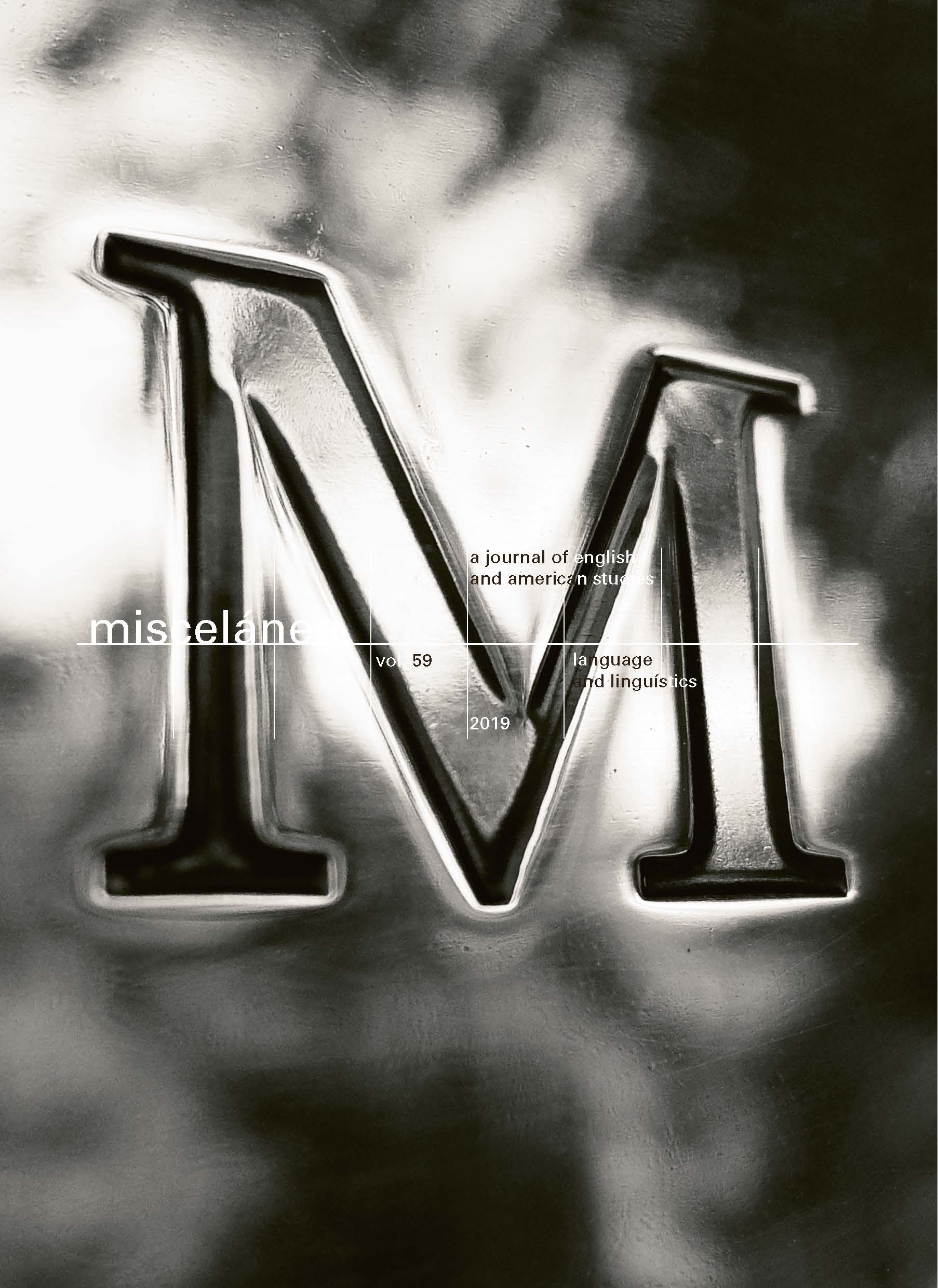Synchronic Variability in the Complementation Profile of REMEMBER: Finite vs Non-Finite Clauses in Indian and British English
DOI:
https://doi.org/10.26754/ojs_misc/mj.20196343Keywords:
corpus linguistics, complementation, simplification, Postcolonial EnglishesAbstract
This paper explores the prevalent simplification of morphosyntactic features occurring in Postcolonial Englishes (cf. e.g. Williams 1987) by addressing the hypothesis that finite complement clauses (CCs) should be more common in these varieties than a non-finite counterpart due to their higher explicitness. The hypothesis is tested in two varieties of English, British English as a reference variety and Indian English, exploring the complementation profile of REMEMBER by means of a corpus-based approach. In addition, a variable analysis aims at shedding light on the language-internal features potentially conditioning the choice between CCs in competition. The results partially confirm the hypothesis; there is a larger proportion of finite CCs in Indian English than in British English but non-finite CCs are the most common option in the two varieties. Furthermore, not only simplification, but also other factors such as substrate influence or second-language acquisition processes may be responsible for the distribution found in Indian English. As for language-internal features, while some factors condition the choice across varieties, others are variety-specific.


